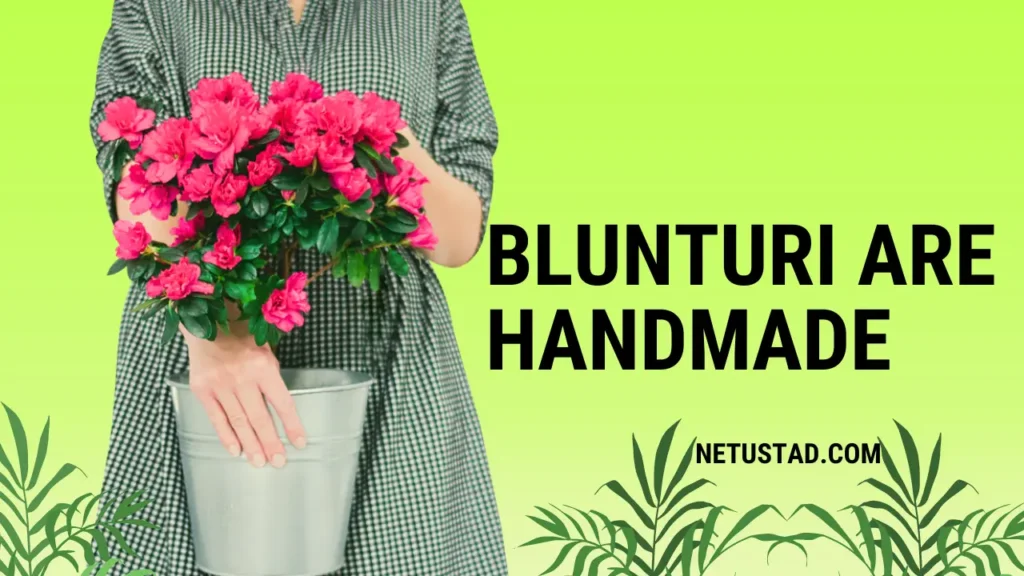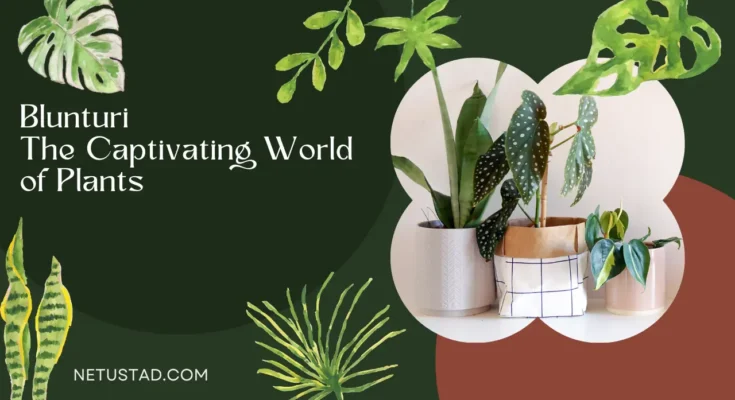Blunturi are extraordinary succulent plants that have captured the hearts of plant enthusiasts worldwide. With their vibrant colors, fascinating shapes, and low-maintenance requirements, these drought-tolerant wonders make an excellent addition to any indoor or outdoor garden. In this comprehensive guide, we’ll explore the world of blunturi, unveiling their rich history, cultivation techniques, and diverse varieties.
What is Blunturi?
Blunturi are a genus of succulent plants native to Africa, renowned for their unique appearance and resilience. These plants feature fleshy stems that store water, allowing them to thrive in arid environments. Their spiky green leaves come in a range of shades, from deep emerald to vibrant purple hues, adding a captivating visual appeal to any space.
What does Blunturi involve?
Cultivating and caring for blunturi involves understanding their specific needs and providing the right growing conditions. These succulents require bright, indirect light and well-draining soil to prevent root rot. Proper watering techniques and occasional fertilization are also essential for their optimal growth and health.
Growing & Caring For Blunturi
Blunturi are relatively low-maintenance plants, making them an excellent choice for both novice and experienced gardeners alike. Here are some tips for their successful cultivation:
- Location: Place blunturi in areas with bright, indirect sunlight, as direct sunlight can scorch their leaves.
- Watering: Water blunturi thoroughly when the soil is completely dry, ensuring proper drainage to prevent root rot.
- Soil: Use well-draining soil or a cactus/succulent potting mix to ensure proper aeration and moisture regulation.
- Temperature: Blunturi thrive in warm temperatures, ideally between 65°F and 80°F (18°C to 27°C).
History & Origins Of Blunturi
Blunturi have a rich history deeply rooted in African culture and tradition. These plants were first discovered and cultivated by indigenous communities in various regions of the continent, where they played a significant role in traditional medicine and cultural practices.
- Blunturi cultivation dates back to ancient Egyptian civilizations, where they revered them for their healing properties and used them in religious ceremonies.
- In many African cultures, blunturi are believed to possess spiritual significance and are often incorporated into rituals and ceremonies.
Blunturi are Handmade
While people can propagate blunturi from seeds or offsets, they often enhance their unique shapes and forms through skilled handcrafting techniques. Skilled artisans carefully trim and sculpt the plants, creating intricate designs and shapes that accentuate their natural beauty.
- Handmade blunturi are highly sought after by collectors and enthusiasts, as each one is a one-of-a-kind work of art.
- The process of handcrafting blunturi requires patience, expertise, and a deep understanding of the plant’s growth patterns and characteristics.

Different Kinds Of Blunturi
Blunturi come in a diverse array of species, each with its own unique characteristics and appearance. Some of the most popular varieties include:
- Echeveria: Known for their rosette-shaped leaves and vibrant colors, including shades of purple, blue, and green.
- Aeoniums feature unique geometric patterns and shapes, prized for their sculptural beauty.
- Haworthia, characterized by intricate patterns and striped leaves, are tiny, clustering succulents.
- Sempervivum: Often referred to as “hen and chicks,” these hardy blunturi form dense rosettes and are ideal for outdoor gardens.
How to Play Blunturi
Are you prepared to produce music? Here’s what you need to know in order to get started with your blunturi.
Posture: Maintain an upright posture as you sit, holding the blunturi on your right knee (if you are right-handed). Keep your right hand relaxed, allowing your fingers to naturally fall on the strings.
Strumming: It’s all about the movement of your wrist. Practice strumming down and up with either your thumb or the pua provided.
Chords: Start with The major chord which is a fundamental chord for beginners, is played by strumming all the strings. Chang onto other chords like G, Am, and F as a basis for constructing your songbook.
Just remember that when learning it is important to practice. Commence slowly, have breaks and enjoy this process.
Cooking with Blunturi Leaves
Believe it or not, people have been using the leaves of certain these species in traditional African cuisine for centuries. These succulent leaves are edible and can be cooked or added to salads, offering a unique flavor and texture.
- Blunturi leaves are rich in vitamins, minerals, and antioxidants, making them a nutritious addition to any meal.
- When cooking with these leaves, it’s essential to follow proper preparation methods to ensure their safe consumption.
Blunturi in Arts & Culture
Blunturi have transcended their horticultural roots and have become a source of inspiration for artists and craftspeople worldwide. Artists have incorporated their striking forms and colors into various artistic mediums, including pottery, textiles, and even jewelry design.
- Traditional African art often features it motifs, reflecting their cultural significance and reverence for nature.
- Contemporary artists have embraced it as a subject for their works, capturing their beauty and celebrating their uniqueness.
Rolling The Perfect Blunt A Step-by-Step Guideline
For many cannabis enthusiasts, rolling the perfect blunt is an art form in itself. Here’s a step-by-step guideline to help you master this craft:
- Start with a high-quality blunt wrap, preferably made from tobacco leaves.
- Grind your cannabis evenly and remove any stems or seeds.
- Lightly moisten the blunt wrap with your tongue or a small amount of saliva to help it adhere.
- Distribute the ground cannabis evenly along the length of the blunt wrap.
- Tuck one side of the wrap over the cannabis and use your fingers to gently roll it into a cylindrical shape, applying even pressure as you go.
- Once the blunt is rolled, lick the adhesive strip and seal it tightly.
- Pack the blunt by gently tapping the end on a hard surface to ensure an even burn.
- Light up and enjoy!
Do Blunts Really Hit Differently?
There’s an ongoing debate among cannabis enthusiasts: do blunts really hit differently? While some claim that smoking from a blunt wrap provides a unique and enhanced experience, others argue that it’s primarily a matter of personal preference. The truth lies somewhere in between.
- Manufacturers produce blunt wraps from tobacco leaves, which can contribute to a slightly different flavor and burning experience compared to traditional rolling papers.
- Additionally, the thicker and denser nature of blunt wraps may result in a slower, more consistent burn, potentially affecting the overall smoking experience.
Conclusions
Blunturi are truly extraordinary plants that have captivated gardeners, artists, and cultural enthusiasts alike. From their fascinating history and diverse varieties to their culinary and artistic applications, these succulents offer a multitude of experiences and opportunities for exploration.
Whether you’re a seasoned gardener or a novice plant enthusiast, incorporating it into your life is sure to bring joy, beauty, and a deeper appreciation for nature’s wonders.
Frequently Asked Questions
Are blunturi easy to care for?
Yes, these are generally low-maintenance plants that require minimal care. With proper light, well-draining soil, and occasional watering, they can thrive in both indoor and outdoor environments.
Can blunturi be grown from seeds?
Absolutely! Gardeners can propagate it from seeds, offsets, or leaf cuttings, enabling them to easily expand their collections or share with others.
Are all blunturi species edible?
No, not all it species are edible. It’s crucial to research each variety thoroughly before consuming any part of the plant, as some may be toxic or cause adverse reactions.
Can blunturi survive in cold climates?
Most it species are native to warm, arid regions and may struggle in cold climates. However, some hardy varieties can tolerate cooler temperatures if properly protected during the winter months.
Are blunturi suitable for outdoor gardens?
Yes, gardeners find many varieties of it well-suited for outdoor gardens, especially in regions with warm, dry climates. They can add unique textures and colors to rock gardens, xeriscaping, or succulent displays.

